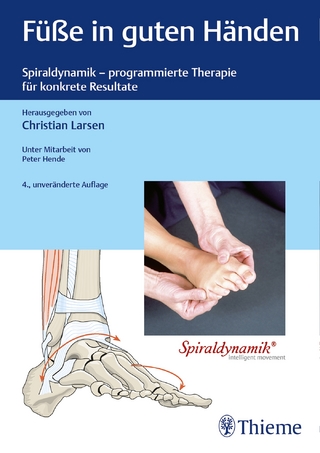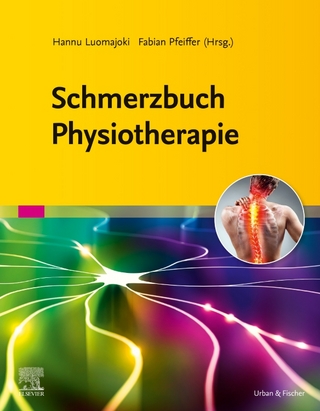
Neuromorphic Olfaction
Crc Press Inc (Verlag)
978-1-4398-7171-3 (ISBN)
Developing neuromorphic olfaction from conceptual points of view to practical applications, this cross-disciplinary book examines:
The biological components of vertebrate and invertebrate chemical sensing systems
The early coding pathways in the biological olfactory system, showing how nonspecific receptor populations may have significant advantages in encoding odor intensity as well as odor identity
The redundancy and the massive convergence of the olfactory receptor neurons to the olfactory bulb
A neuromorphic approach to artificial olfaction in robots
Reactive and cognitive search strategies for olfactory robots
The implementation of a computational model of the mammalian olfactory system
The book’s primary focus is on translating aspects of olfaction into computationally practical algorithms. These algorithms can help us understand the underlying behavior of the chemical senses in biological systems. They can also be translated into practical applications, such as robotic navigation and systems for uniquely detecting chemical species in a complex background.
Krishna Persaud has been involved in research in chemoreception, crossing disciplines from biological aspects of olfaction to sensor arrays, electronics, signal processing and pattern recognition, and commercial development of artificial olfaction technologies. Santiago Marco’s research concerns the development of signal/ data processing algorithmic solutions for smart chemical sensing based in sensor arrays or microspectrometers integrated with Microsystem Technologies. Agustín Gutiérrez-Gálvez’s research interests include biologically inspired processing for gas sensor arrays, computational models of the olfactory system, pattern recognition, and dynamical systems.
Engineering Aspects of Olfaction. Study of the Coding Efficiency of Populations of Olfactory Receptor Neurons and Olfactory Glomeruli. Mimicking Biological Olfaction with Very Large Chemical Arrays. The Synthetic Moth: A Neuromorphic Approach toward Artificial Olfaction in Robots. Reactive and Cognitive Search Strategies for Olfactory Robots. Performance of a Computational Model of the Mammalian Olfactory System. Index.
| Verlagsort | Bosa Roca |
|---|---|
| Sprache | englisch |
| Maße | 156 x 234 mm |
| Gewicht | 453 g |
| Themenwelt | Medizin / Pharmazie ► Physiotherapie / Ergotherapie ► Orthopädie |
| Naturwissenschaften ► Biologie ► Humanbiologie | |
| Naturwissenschaften ► Biologie ► Zoologie | |
| Technik ► Medizintechnik | |
| Technik ► Umwelttechnik / Biotechnologie | |
| ISBN-10 | 1-4398-7171-X / 143987171X |
| ISBN-13 | 978-1-4398-7171-3 / 9781439871713 |
| Zustand | Neuware |
| Haben Sie eine Frage zum Produkt? |
aus dem Bereich


